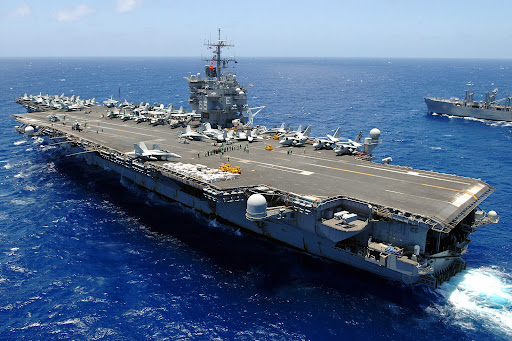trysail
Catch Me Who Can
- Joined
- Nov 8, 2005
- Posts
- 25,593
Hmmmmm. Not sure whether I've been complimented or insulted.
You see, I'm not a Mustang, I'm a Chief.
The mustang200 refers to my practically perfect '65 Mustang coup with a 200 CID inline 6.
Rest easy; you weren't being insulted. I simply couldn't resist the temptation to play on words. You have to admit that a poster who appears to have a very informed opinion commenting on U.S. Navy ships with a screen name incorporating "mustang" is just too big an opportunity to pass up.

























